The Revolutionary Technology Helping to Prevent Whale Strikes
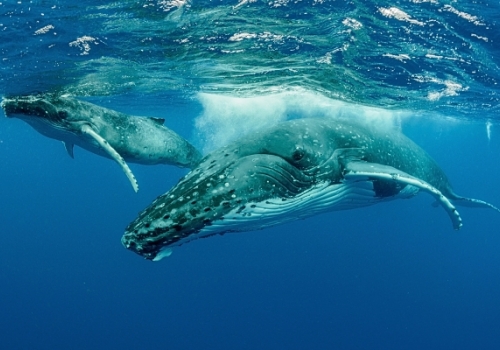
It’s an awful truth: Whales are dying, and humans are once again to blame.
But whereas a hundred years ago we were hunting them in their thousands, today a great deal of whale deaths are caused accidentally by humans, with many occurring as a result of ship strikes.
Whales often inhabit shallow depths, making them difficult to spot and more susceptible to strikes from passing vessels. Fortunately, there is an immediate solution: FarSounder, based in Rhode Island, USA, offers advanced forward-looking 3D sonar systems that allow ships to detect or ‘see’ underwater obstacles - including whales - in the water ahead of a vessel.
FarSounder is currently busy with a comprehensive research project to gather data and demonstrate how their technology can help reduce whale strikes. We spoke to FarSounder’s Director of Operations, Cassie Stetkiewicz, to find out more.
A whale of a time in Massachusetts
If you were a whale, it seems that the coast of Massachusetts would be the place to be right now. According to CBS News, a routine survey flight by the US government’s NOAA Fisheries division on 25th May 2024 spotted 161 whales from seven different species, including orcas, in the Martha’s Vineyard area.
The large number of whales they recorded stunned the agency’s staff, with one member reporting, ‘a lot of shouting and gasps from both sides of the plane’.
Though it’s not unusual for whales to gather in the area, the NOAA survey team confirmed that the substantial volume and variety of whales present was a surprise to them. On that one flight, they had identified species that included the endangered sei whale and the critically endangered North Atlantic right whale, of which ‘there are currently only 70 breeding females’ remaining.
Happily, the survival of the North Atlantic right whale population is at the heart of a major new US government project seeking to help mariners avoid collisions, and it’s one in which FarSounder’s products could ultimately play a key role.
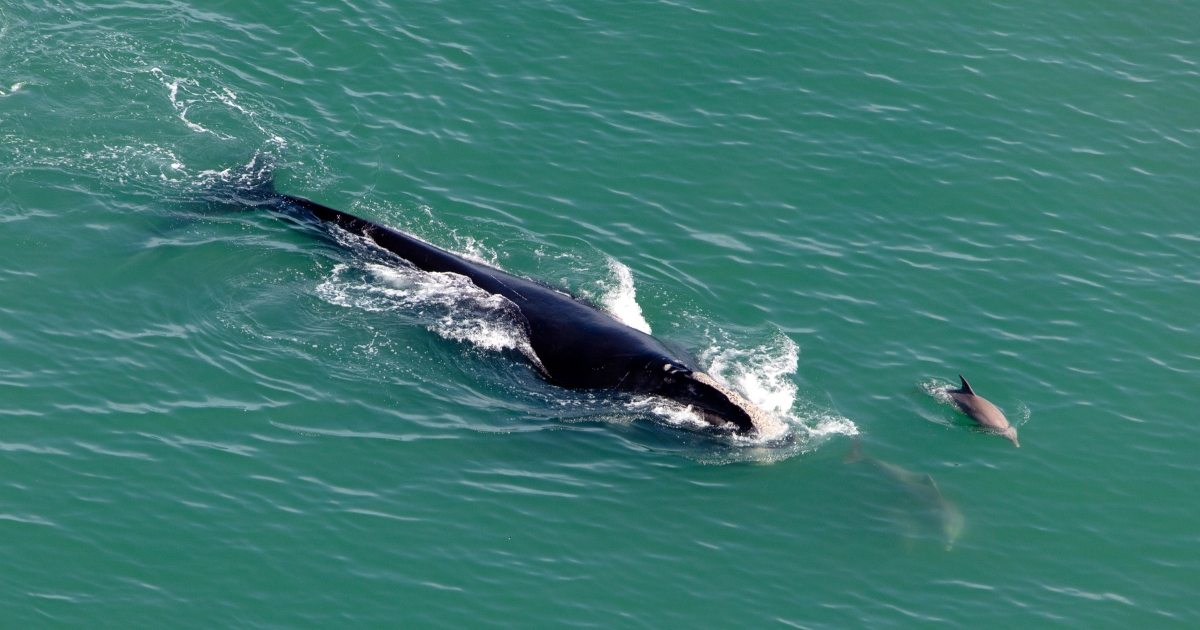
Protecting the right whales
A report by the US National Fish and Wildlife Foundation (NFWF) published in May 2024 stated that vessel strikes are a major threat to any hope of recovery in the North Atlantic right whale population. Indeed, ‘as many as 80 whales’ are killed by ship strikes off the US west coast each year, while on the Atlantic side, ‘about a third of all right whale deaths… are attributed to ship strikes.’
Consequently, the NFWF, in collaboration with the US National Oceanic and Atmospheric Administration (NOAA), has developed several programs to find a solution to this problem. One is called the Vessel Strike Avoidance Fund, which will award up to $6 million in grants to initiatives that provide mariners with equipment that will effectively allow them to avoid collisions with North Atlantic right whales.
Furthermore, the NOAA has introduced rules that seek to robustly regulate vessel speeds around North Atlantic right whales. But while these rules will no doubt go some way to solving the problem, in a recent article FarSounder founder and CEO Matthew Zimmerman emphasised the role that technology is - and will continue - playing in saving the great whales. “Tools such as our 3D forward-looking sonar, coupled with above-water sensors like radar and camera systems are crucial to ensuring that vessels can effectively avoid whale strikes.”
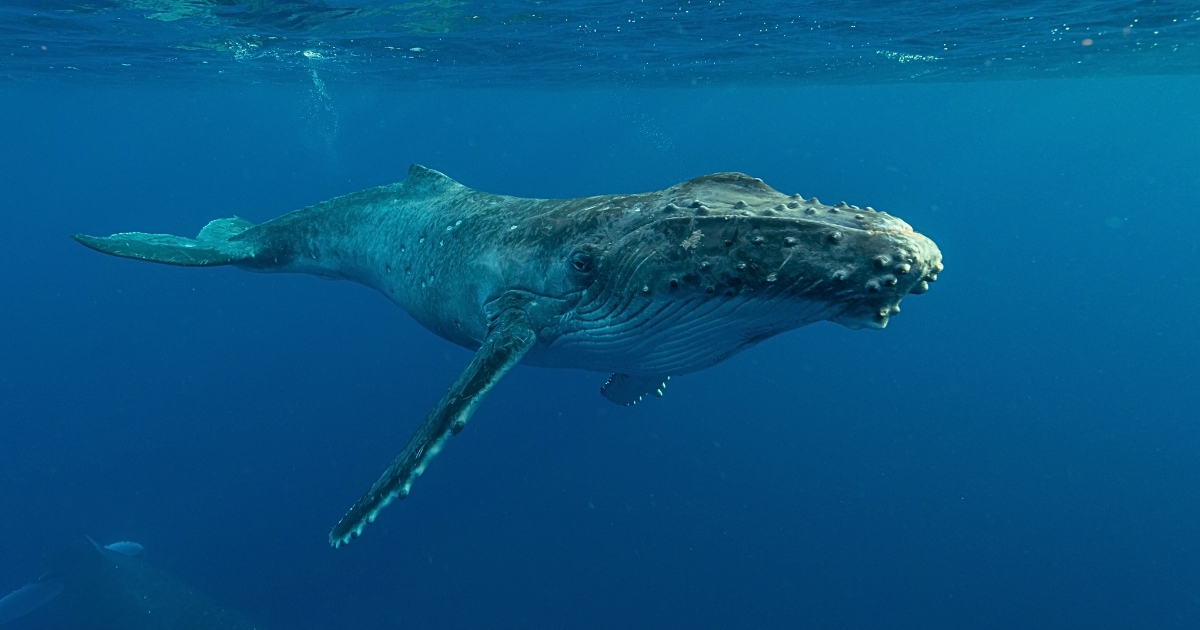
The quest for hard data
Preventing whale strikes has always been part of FarSounder’s DNA. During the 20 years in which it has been operating, the company has enjoyed many anecdotal reports from vessel captains about how FarSounder’s forward-looking sonar technology had enabled their vessel to avoid collisions with whales. However, beginning in 2023, FarSounder engineers began actively studying whale reflectivity. The quantitative data they have begun collecting is now being utilised to corroborate those earlier reports. It hasn’t been an easy task.
The FarSounder team has spent many hours and days out at sea off the US East Coast, capturing hard data, aided by visual observations from Protected Species Observers and in some cases, also assisted by above water camera systems.
In collaboration with a navigational camera supplier, FarSounder’s team is spending many hours on a vessel off the US East Coast, capturing hard data relating to FarSounder’s forward-looking sonar systems and their effectiveness in identifying whales in the water ahead of a vessel.
“Given the large number of whales right now off the coast of Massachusetts, now is the perfect time for the team to be out there, gathering reflectivity data of how effectively our systems can recognise whales,” Cassie commented. “It’s the ideal scenario for us to capture some solid, objective engineering data to prove what we have been hearing from our customers concerning whale strike avoidance.”
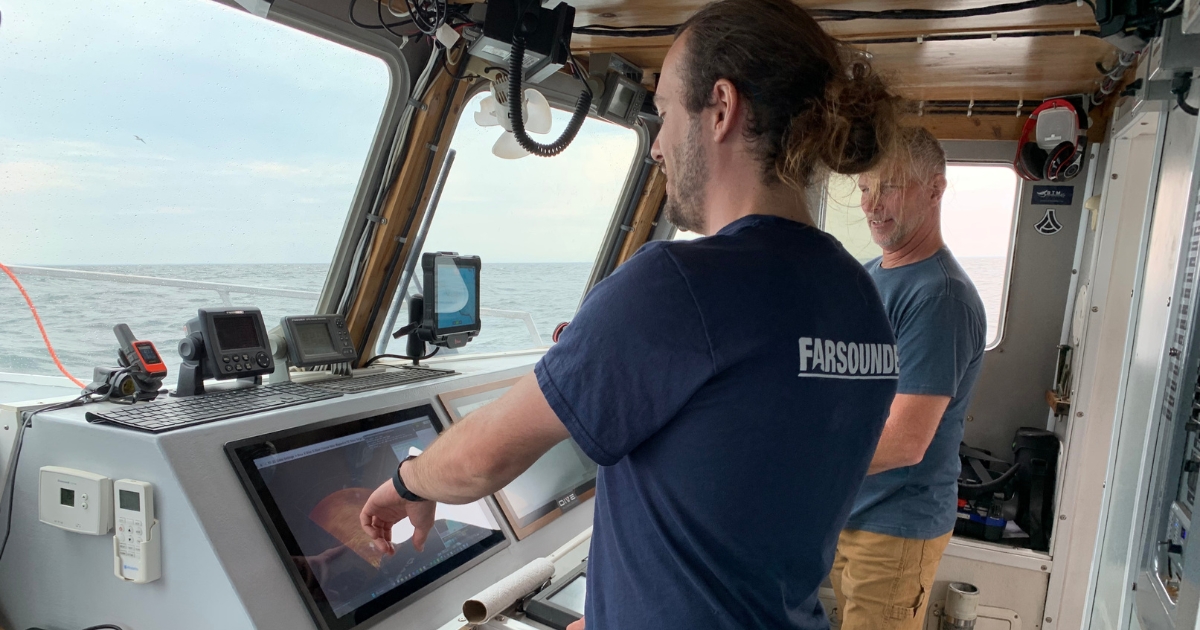
In another class
Meanwhile, FarSounder is also developing an online whale training class that it will offer to the marine community. “The class will teach mariners how to detect and identify whales, amongst many other topics. We’re developing the course in collaboration with Azura as well as other world-renowned whale experts. We hope that this course, in combination with our sonar, will become an indispensable tool for identifying and avoiding whales in the water ahead of vessels at sea.”
In the fall of 2024, FarSounder will further ramp up its efforts to highlight the issue of whale strikes with promotions focusing on how its products can help vessels avoid colliding with these magnificent mammals. “We will be highlighting our system’s ability to prevent whale strikes throughout the Fall trade show season,” said Cassie. “There is significant interest in this area from all maritime sectors, not only yachting but also from ferries, cruise ships, commercial partners, offshore companies, and even owners of some of the larger uncrewed surface vessels (USVs).”
Safety with sonar
By allowing vessels to ‘see’ what is in the water ahead, FarSounder’s innovative portfolio of Argos Forward Looking Sonar products makes for substantially safer navigation, particularly in waters in which navigation chart data is incomplete or missing altogether. This is especially advantageous to vessels such as superyachts, which can use FarSounder’s technology to safely take guests into increasingly remote anchorages.
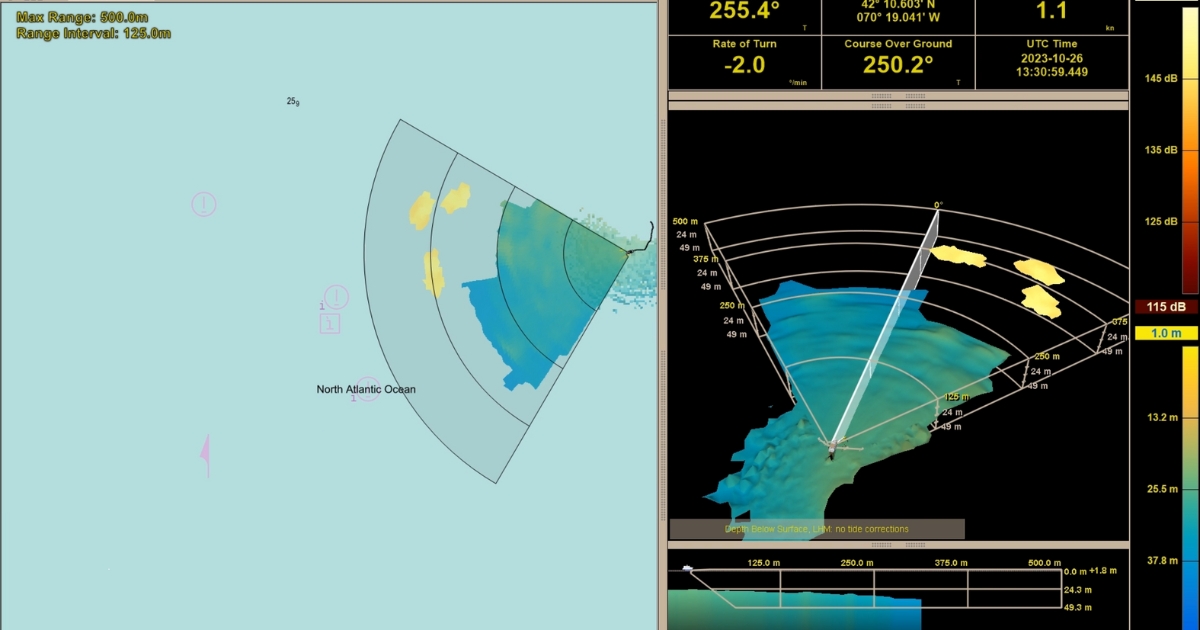
FarSounder has also gone to great lengths to ensure that its sonar is not harmful to the same whales it is trying to protect. “Our sensors are benign to marine mammals,” said Cassie. “FarSounder has always focused on developing products that are safe for marine mammals and equally - or more so - benign than other sensors such as echosounders.
“In fact, before undertaking our reflectivity studies on whales, we reconfirmed the safety of our sonars by again combing through all US regulations on acoustic harassment of whales,” she continued. “This way we ensured that our frequencies and durations don’t fall into any harmful or potentially harmful categories. Within our current work observing humpback whales, the operational plans strictly adhere to all federal regulations including vessel approach distance, vessel speeds, and avoiding acoustic harassment. We want to ensure that we are working towards solving a problem without creating new ones.”
Explore new waters with FarSounder
FarSounder’s Argos sonar systems are the only navigational products on the maritime market capable of generating a true, three-dimensional image of the water ahead of a vessel in real time. If you are ready to harness this technology to avoid whale strikes and explore new waters with unprecedented safety, visit FarSounder.com.


Post your comment
You cannot post comments until you have logged in.
Login to post a commentComments
No one has commented on this page yet.
RSS feed for comments on this page | RSS feed for all comments